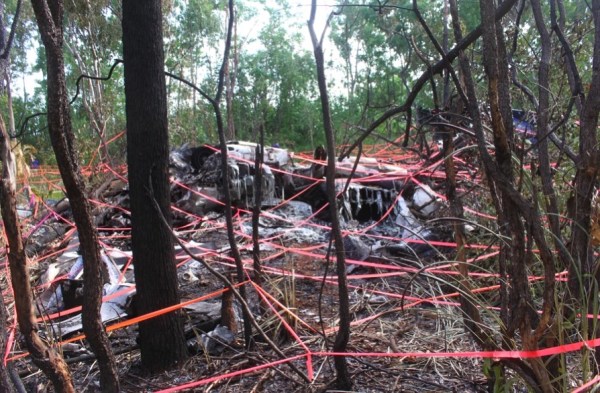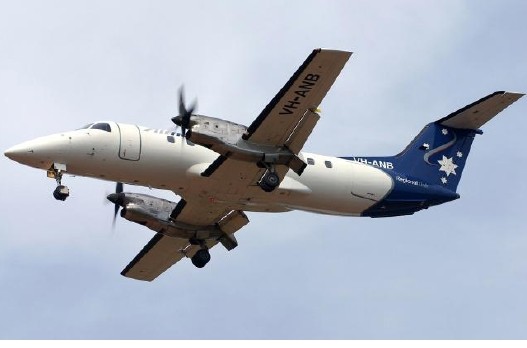
Airline pilots have to prove or re-qualify their flying skills at regular intervals, and the larger the airliner concerned the more such sessions are flown in simulators rather than in actual aircraft.
But on March 22, at Darwin Airport, two AirNorth pilots engaged in this compulsory activity in an otherwise empty 30 passenger Embraer 120ER Brasilia twin-engined turboprop died when it took off, rolled to the left, and plunged steeply to earth.

The preliminary report by the ATSB into this crash makes for very sad, but important reading.
The pilots were simulating a V1 cutoff in the left engine. V1 is often described as the decision speed at which a takeoff in a multi-engined aircraft can either be aborted or continued if one of those engines fails.
The skills and judgements required in a split second in such a situation are crucial to the safety of airline operations, but AirNorth, while actively involved in moving these and other higher risk exercises in dealing with flight emergencies to a simulator, had not completed this process when the pilot being re-qualified had to fly the test in the real thing in order to maintain his ‘currency’.
Since the advent of turbo-props and jets at least three large airliners (for their time) have been destroyed in such accidents in this part of the world doing similar exercises to the AirNorth EMB-120ER.
On November 1, 1954, a TAA Vickers Viscount 700 crashed trying to complete a takeoff with one of its four engines shut down at Mangalore, killing three of its senior captains. There were five survivors including a seven year old boy.
On March 27, 1965, a TEAL (being rebranded as Air New Zealand) Lockheed Electra turbo-prop was destroyed without fatalities in a low level training flight crash at Whenuapai.
On July 4, 1966, a TEAL/Air NZ DC-8 jetliner crashed shortly after a deliberate engine shut down during a take off at Auckland airport, killed two of the five persons onboard.
The extension of flight simulators to small turbo-prop operations had not quite reached as far as AirNorth on the fateful day its two pilots died. Had they been in a simulator they could have repeatedly flown the exercises in question, explored the quirks aircraft can spring without warning, identified errors in responses, and validated the correct actions, which are far from simple in a multi-engined aircraft of any size.
There are several significant points in the ATSB preliminary report. The AirNorth turbo-prop was to simulate (by throttling back) the failure of the left engine, and it was seen to roll to the left into the ‘dead’ engine before it continued to roll into a steeply inclined dive close to the ground.
AirNorth also initiated post crash inspections of its rudder actuators, finding that those in the remaining four EMB-120ERs in its fleet were all serviceable. However, notwithstanding this, it is now upgrading all of the rudder actuators in the type, even though the ATSB says it has not at this stage identified any safety issue with them.
The ATSB report notes that while much of the lower speed lower level flight emergencies pilots must be qualified to deal with can be transferred to simulators, real flying will continue to play a role in airline training and checking operations, and that the risks can be minimized and managed with the right safeguards in place.








Crikey is committed to hosting lively discussions. Help us keep the conversation useful, interesting and welcoming. We aim to publish comments quickly in the interest of promoting robust conversation, but we’re a small team and we deploy filters to protect against legal risk. Occasionally your comment may be held up while we review, but we’re working as fast as we can to keep the conversation rolling.
The Crikey comment section is members-only content. Please subscribe to leave a comment.
The Crikey comment section is members-only content. Please login to leave a comment.